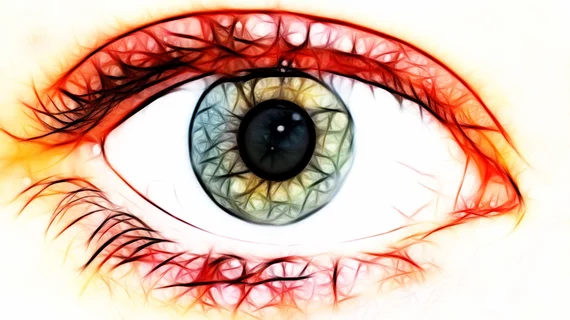Parkinson’s disease is diagnosable early with a basic eye exam and AI, according to researchers at the University of Florida.
PhD candidate Maximillian Diaz and colleagues trained a support vector machine (SVM) system to detect signs of Parkinson’s on fundus eye images.
The system was able to classify the disease by recognizing smaller-than-usual blood vessels in the vascular of affected patients’ retinas.
The findings buttress a standing hypothesis that changes in brain physiology can show up as observable markers in the eyes.
Diaz et al. are lined up to present their research at the upcoming meeting of the Radiological Society of North America, which sent out a press release describing the work Nov. 23.
In the announcement, Diaz points out that conventional techniques for diagnosing Parkinson’s use advanced imaging modalities, all of which can be expensive.
Meanwhile fundus imaging uses photography basic enough that diagnostic-level images can be acquired by a smartphone with a special lens.
“It’s just a simple picture of the eye, you can have it done in less than a minute, and the cost of the equipment is much less than a CT or MRI machine,” Diaz says. “If we can make this a yearly screening, then the hope is that we can catch more cases sooner, which can help us better understand the disease and find a cure or a way to slow the progression.”

